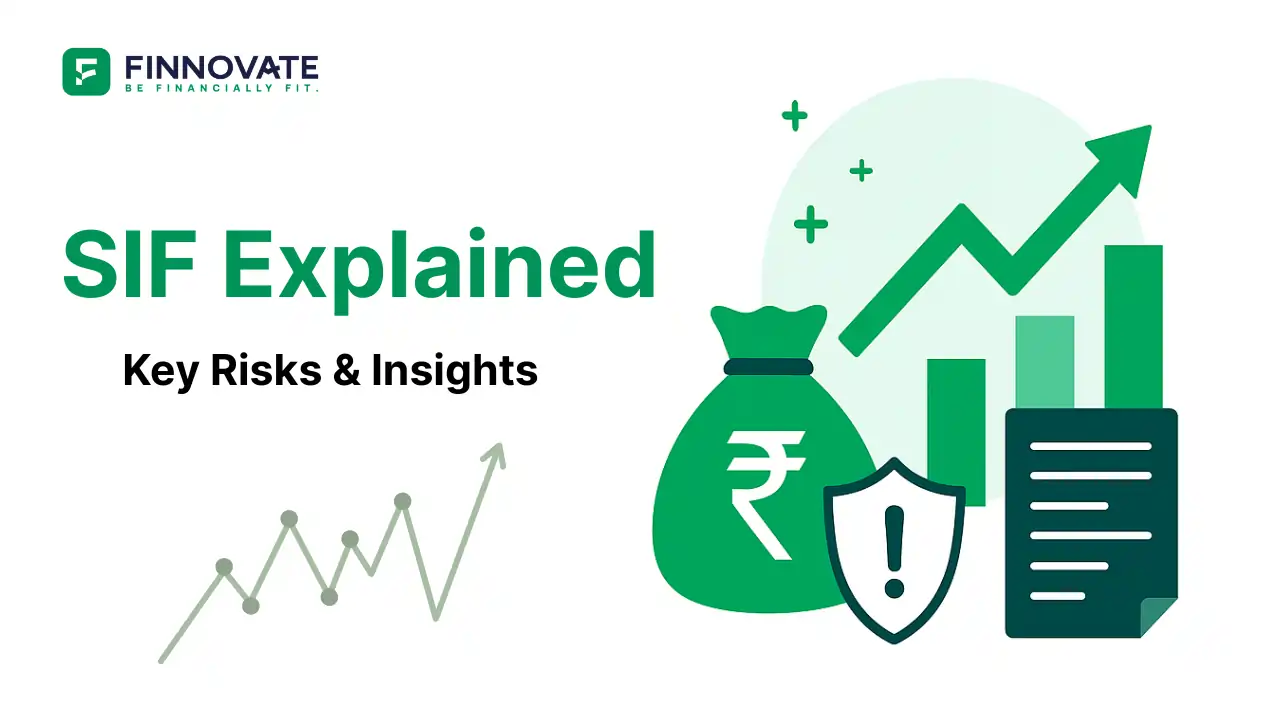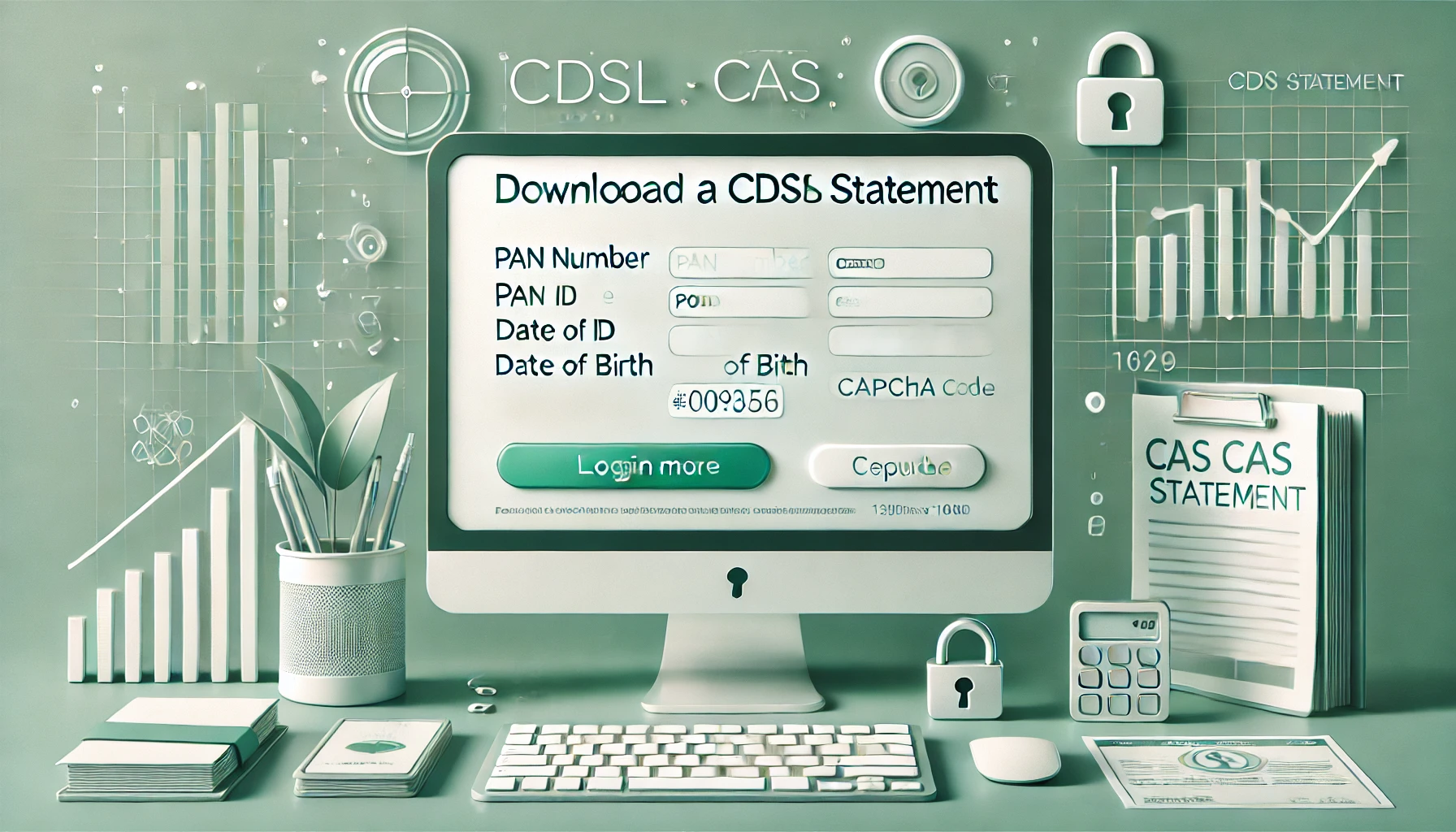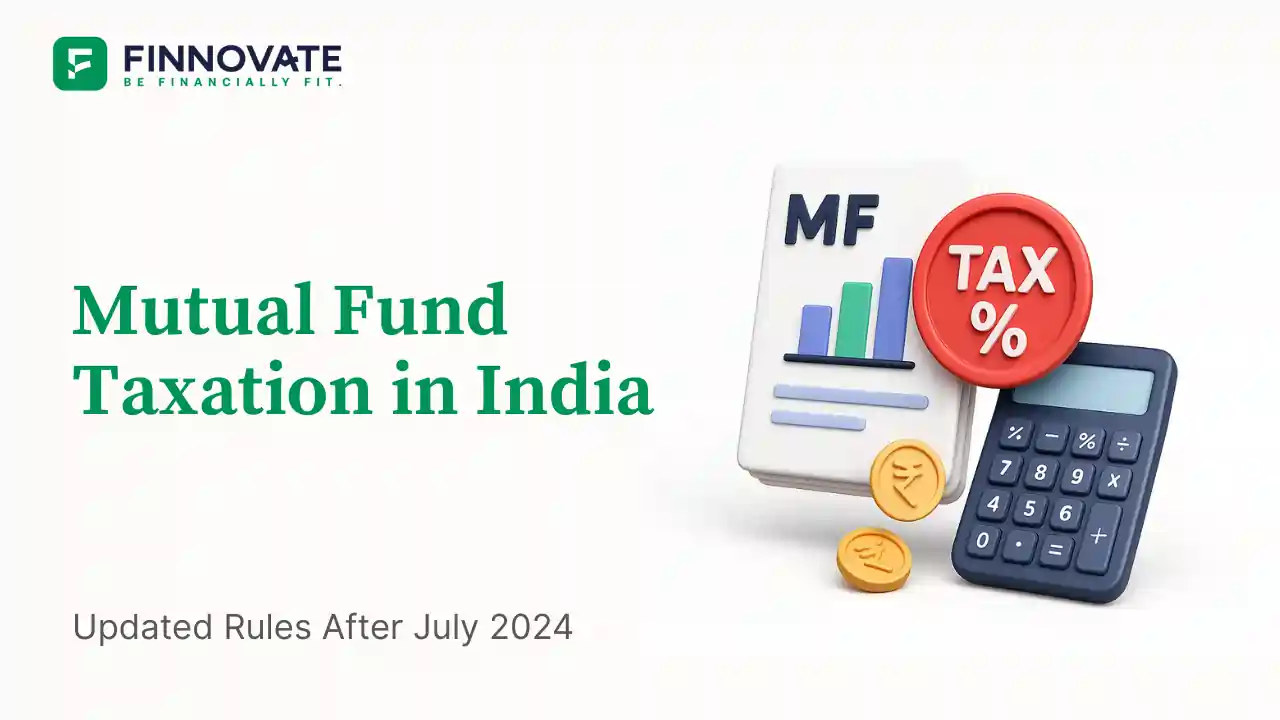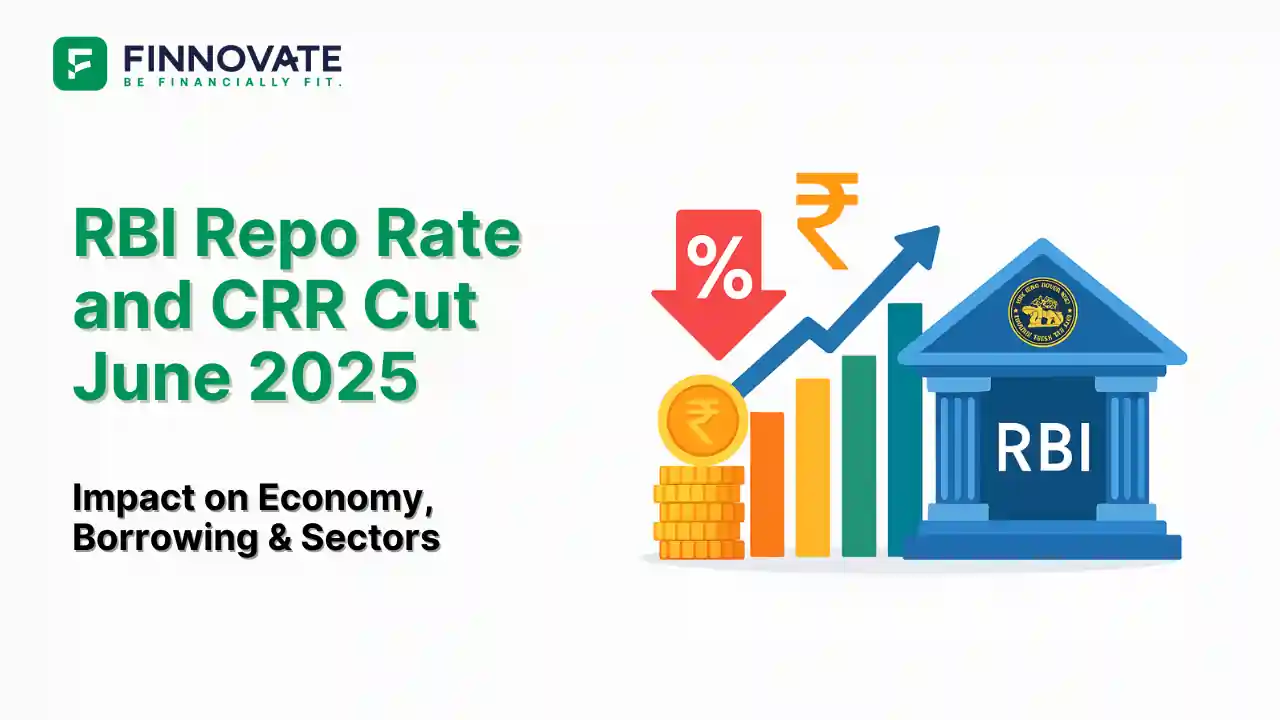India’s FY26 Fiscal Deficit - Why Slippage Isn’t Bad

By

India’s fiscal landscape is once again under scrutiny as the country tries to balance growth with fiscal discipline. While the government has set an ambitious fiscal deficit target of 4.4% of GDP for FY26, recent numbers suggest that meeting this goal may be challenging. But here’s the key question: Is that really a bad thing?
Let’s break it down.
At the end of May 2025, India had used up just 0.8% of its full-year fiscal deficit target. That sounded promising - until the June data came in. By the end of June, the figure jumped to 17.9% of the target. What happened?
The explanation lies in a one-time income: the ₹2.69 trillion RBI dividend received in May. This large inflow initially made the fiscal numbers look healthy. But in June, the deficit spiked by ₹2.68 trillion, essentially wiping out the earlier gain.
Clearly, the fiscal math will get more complicated in the quarters ahead.
India has made notable efforts in recent years to maintain fiscal discipline. After a pandemic-induced spike in deficit levels, the government reduced the fiscal deficit to 4.8% of GDP in FY25, and further brought it down to a target of 4.4% for FY26.
However, pressure is building from both sides:
On the revenue side: While GDP is expected to grow between 6.0%–6.5%, nominal growth is likely to be more moderate than previous years. This can limit tax collections.
On the expenditure side: The government is expected to spend heavily on defence due to geopolitical tensions, and continue with capital expenditure to fuel growth.
The combination of soft revenue and rising costs makes the 4.4% target tough to hit.
What’s Working in Our Favour:
What Could Create Pressure:
The short answer: Yes, but only for now.
FY26 may be a year where India intentionally tolerates a small slippage in its fiscal target to sustain growth. This isn't necessarily reckless. Given the global economic volatility and the ambitious nature of the 4.4% target, a mild deviation could be considered pragmatic.
Moreover, India's sovereign credit rating is unlikely to improve unless long-term issues like per capita income and debt ratios are addressed. A short-term fiscal miss isn’t going to make or break the outlook.
Yes, India risks overshooting its 4.4% fiscal deficit target in FY26, but the context matters. Spending on defence, sustaining capital investment, and dealing with global uncertainties all require flexibility.
Sometimes, letting go of a tightrope walk - in favour of long-term economic strength - is the smarter move.
Disclaimer: This article is intended for informational purposes only and should not be construed as financial or investment advice.

Learn how to easily download your NSDL CAS Statement in PDF format with our step-by-step guide. Follow our instructions to log in to NSDL e-Services, download your account statement, and subscribe for
Read Full
Explore what Specialised Investment Funds (SIFs) are, their benefits, taxation, minimum investment, how to invest, how they compare with mutual funds and PMS and latest developments in SIF space
Read Full
Learn How to Download Your CDSL CAS Statement with our step-by-step guide. Easy instructions for accessing your investment details online.
Read Full
Analyzing the potential economic impact of the 2025 India-Pakistan conflict on India's GDP growth, manufacturing sector, and foreign investment.
Read Full
Looking for the best financial freedom books? Here’s a handpicked 2025 reading list with summaries, why to read, and who it's best for.
Read Full
Clear guide to mutual fund taxation in India for FY 2025–26 after July 2024 changes: equity STCG 20%, LTCG 12.5% with ₹1.25L exemption, debt/hybrid rules, dividends, examples, tables, and FAQs.
Read Full
Determine if your Demat Depositary (DP) is NSDL or CDSL easily. Follow our guide to check using broking platforms or Demat account number formats
Read Full
RBI cuts repo rate by 50 bps and CRR by 100 bps in June 2025 to boost growth. Learn how it impacts inflation, borrowing, sectors, and market trends.
Read Full